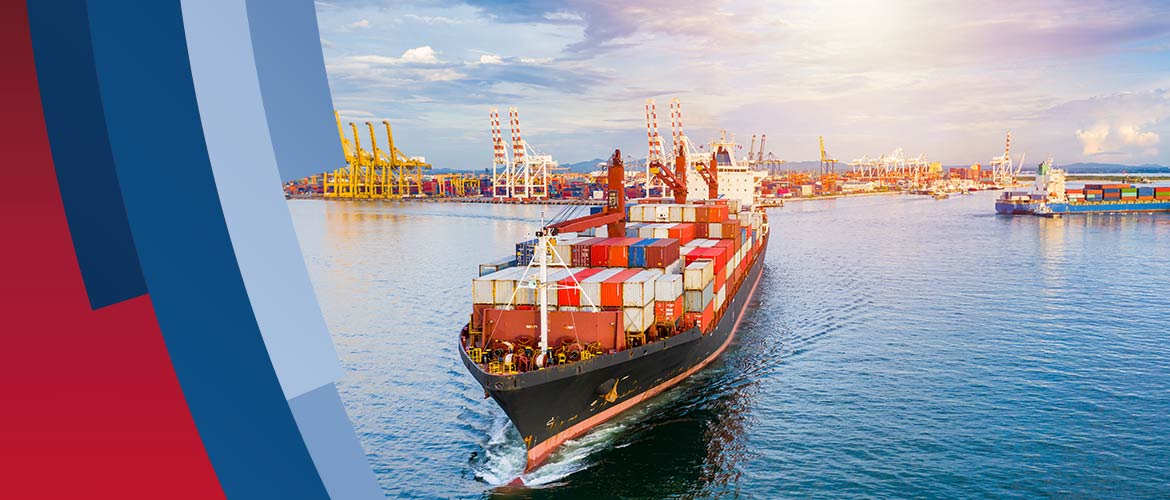Globalisation and the rise of e-commerce has led to an exponential increase in the import and export of goods in recent years, and maritime shipping has become the most in-demand transport method for the international movement of merchandise.
Worldwide, maritime logistics is currently responsible for between 80% and 90% of international cargo transport, whether in containers or in bulk. In Spain, between 80% and 85% of imports and approximately 50% of exports are carried by sea.
Characteristics of sea freight
Maritime shipping is the preferred transportation method for international shipments, thanks to the existence of important ports in the seas and oceans of the world and its excellent connection with other means of transportation by land which are complementary to any imaginable route in the swiftest way possible.
Maritime transport offers great flexibility and versatility, adapting to any type of cargo and transport need. Depending on the type of cargo, it is possible to work with small or large vessels. There are also vessels adapted to all types of goods, such as those specialised in solid bulk.
Advantages of Maritime Transport
One of the biggest factors in the success of transport by vessel is the enormous number of advantages that can be found in this type of operation.
- Storage capacity and volume. The ship is the means of transport that offers the greatest capacity to move large loads of cargo. It has no comparison with the storage capacity of a train, a plane or a lorry.
- It is the most cost-effective means of transport. A container ship almost always departs loaded to its maximum capacity, which means that the cost is the minimum for each and every container. If you don’t need a full container for your goods, you can share it with other importers or exporters.
- It is safe and reliable. Ships are less weather-dependent than planes, so their departures and arrivals are not usually delayed by weather.
Different types of sea freight
Nowadays there are ships adapted to virtually any type of product. These are some of the types of cargo vessels available, based on the goods they carry.
Container ships
More than 50% of international maritime trade is carried by these large, highly automated ships. They can carry almost 24,000 standard sea containers and move them from one end of the world to the other in twenty to thirty days.
General cargo ship
This is the basic dry cargo ship. It does not take containers, and is normally used to move loose cargo. Usually equipped with cranes for loading and unloading operations.
Bulkarrier (bulk carriers) or tankers
Bulk carriers transport large quantities of loose cargoes, either solid (minerals, cement, etc.) or liquid. They are usually divided into several holds, and the cost of transport is established according to the total weight of the cargo.
Refrigerated vessels
They transport goods that need to be refrigerated or frozen to be kept in good condition: mainly perishable food products and medicines. They are faster than other types of ships precisely to avoid deterioration of the cargo.
Oil and chemical tankers
They are adequately secured to prevent leakage of hazardous substances.
If you have any queries, Noatum Logistics will provide you with secure and cost-effective Freight management services tailored to your business needs.

 Avda. De Italia nº2 – CTC
Avda. De Italia nº2 – CTC